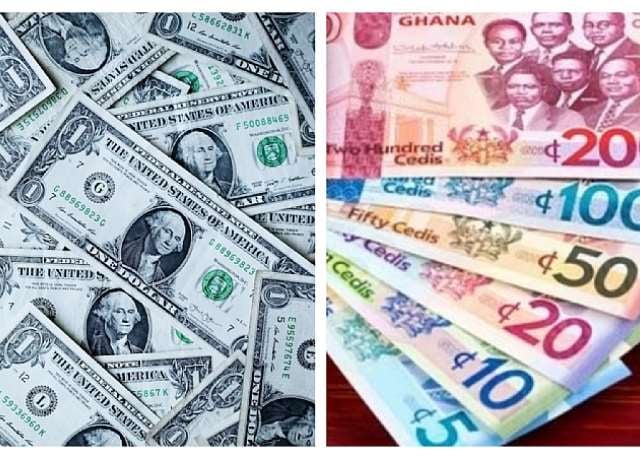The Ghanaian cedi’s performance against major international currencies, particularly the US dollar, exhibited notable volatility on Friday, July 18, 2025. Data compiled from various sources, including Cedirates.com, a reputable Ghanaian platform tracking currency and fuel prices, and information from money transfer operators, revealed a multifaceted exchange rate landscape. The cedi’s value fluctuated depending on the specific market and transaction type, highlighting the complexities of the currency market. This analysis delves into the varying exchange rates observed across different platforms and currencies, providing a comprehensive overview of the cedi’s performance on the specified date.
Firstly, the retail foreign exchange market, commonly referred to as forex bureaus, witnessed the cedi trading at a weaker position compared to the official interbank rate. According to Cedirates.com, the average buying rate for the US dollar at forex bureaus stood at GHS10.45, while the selling rate reached GHS10.99. However, on-the-ground transactions at these bureaus painted a different picture, with the dollar being purchased at GHS11.70 and sold at GHS11.95. This discrepancy between the average rates and actual transaction rates suggests potential variations among individual forex bureaus and highlights the importance of comparing rates before conducting transactions. The wider spread between buying and selling rates at forex bureaus reflects the higher margins typically charged in the retail market.
In contrast, the interbank market, where financial institutions trade currencies amongst themselves, displayed a more stable cedi. The Bank of Ghana, the country’s central bank, reported an interbank buying rate of GHS10.42 and a selling rate of GHS10.44 for the US dollar. This tighter spread between buying and selling rates in the interbank market reflects the higher volume and lower transaction costs associated with wholesale currency trading. The difference between the interbank and forex bureau rates signifies the premium individuals and businesses pay for accessing foreign currency through retail channels.
Beyond the US dollar, the cedi’s performance against other major currencies, such as the British pound and the euro, also showed variations across different markets. For the British pound, the average buying rate at forex bureaus was GHS13.89, and the selling rate was GHS14.70. The Bank of Ghana’s interbank rate for the pound was slightly lower at GHS14.00. Similarly, the euro traded at GHS12.06 for buying and GHS12.74 for selling at forex bureaus, compared to the interbank rate of GHS12.10. These differences in cross-rates further illustrate the dynamics of the currency market and the influence of market segmentation.
The emergence of digital remittance platforms has introduced another dimension to the currency exchange landscape. Companies like LemFi and Afriex, specializing in money transfers from abroad to Ghana, offered competitive exchange rates for remittances in US dollars, British pounds, and euros. For US dollar remittances from the US or UK, LemFi offered a rate of GHS10.35, while Afriex provided GHS10.41. These rates are generally more favorable than those offered by traditional banks and money transfer operators, highlighting the competitive pressures within the remittance market. For British pound remittances, LemFi offered GHS13.94, and Afriex offered GHS13.95, both slightly below the prevailing forex bureau rates. For the euro, Afriex quoted GHS12.11, and LemFi offered GHS12.05, both closely aligned with the interbank rate.
Lastly, for digital subscriptions to services like Netflix, Spotify, and Apple Music using Visa and Mastercard, the exchange rate was reported as GHS11.18 for both card networks. This rate falls within the range observed in the retail foreign exchange market, indicating that these transactions likely leverage the prevailing market rates for currency conversion. The standardization of the exchange rate for these digital subscriptions simplifies the payment process for consumers and provides transparency in currency conversion. Overall, the Ghanaian cedi’s performance on July 18, 2025, showcased a dynamic interplay of market forces, with varying exchange rates observed across different platforms and currencies. This underscores the importance of staying informed about prevailing exchange rates and choosing the most suitable platform for specific currency exchange needs.


